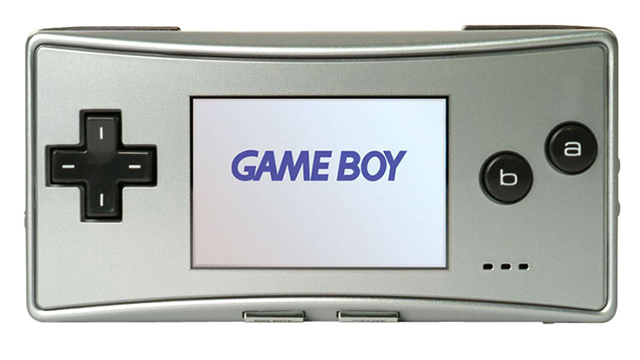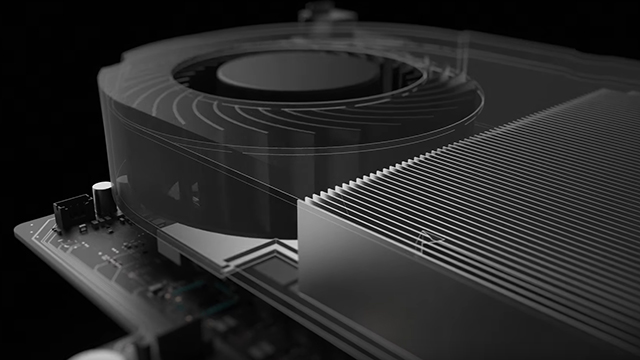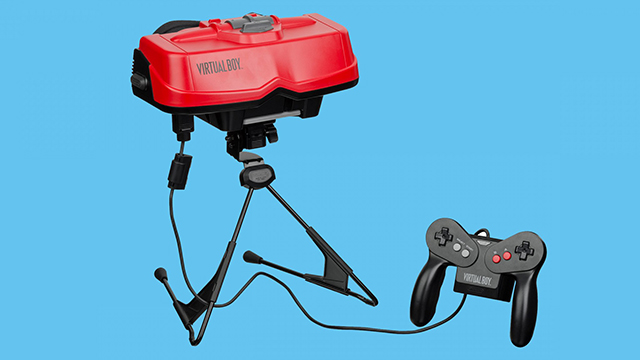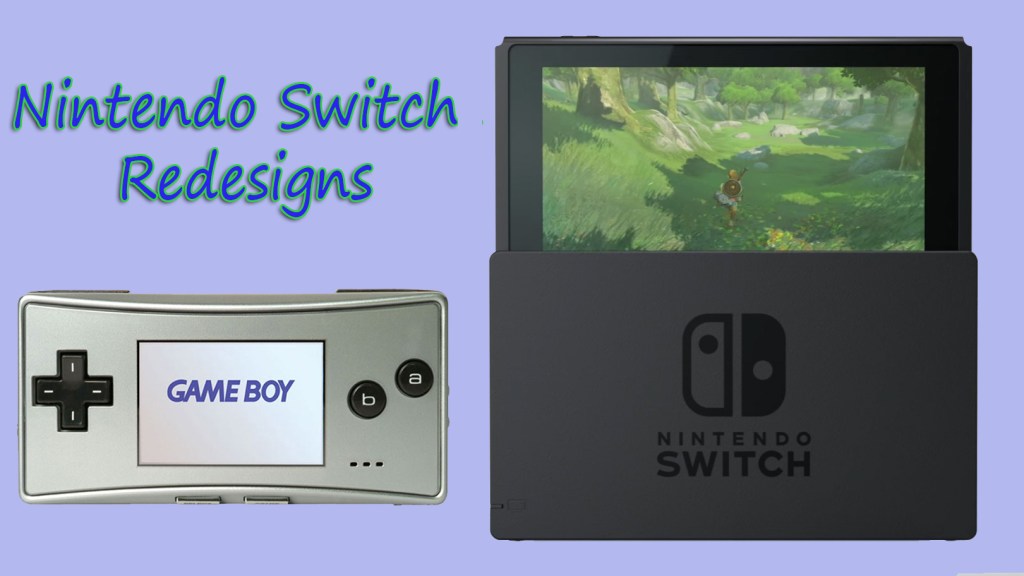Recently Bloomberg Technology ran a piece predicting a future variation of Nintendo Switch, something near-certain to come about as the platform grows and develops. The notion is nothing new to Nintendo; its Game Boy and DS lines of systems experienced numerous refreshes in their day, in the form of both pure design enhancement as well as subtle performance gains. In the case of the Game Boy Advance, the device morphed from a PSP and Vita-style slate (though it predates both) to a squared-off clamshell called the Game Boy Advance SP. GBA then reverted and shrunk drastically with Game Boy Micro, a tiny, sleek, ultimately niche device that has become something of a collectible.
Since then it’s no longer just Nintendo touting refresh shenanigans, as both PSP and Vita have seen the same, as have Sony and Microsoft’s home consoles. More recently such refreshes have focused more heavily on hardware enhancements, with PS4 Pro and the upcoming Xbox Scorpio beefing up their internals for a clear focus on 4K gaming. With console refresh practices evolving at such breakneck speed, one has to wonder what Nintendo has planned for Switch as it matures.
The Bloomberg piece focuses mainly on Citigroup analysis, which concludes that Nintendo will release a “Switch Mini” in 2019 to fill the hole left by 3DS (which by then we can assume will be mostly dead and gone). Going the mini route isn’t the only option, though, as the Switch has a level of obligation to compete with its console brethren as much as it does to step in for 3DS. With all of this in mind, let’s take a look at Nintendo’s options.
Switch Mini
A theoretical Switch Mini falls right in line with Citigroup’s prediction, and I see little wrong with their timing guess of 2019. My one issue with the idea is that Nintendo has clearly developed a preference for clamshell designs when it comes to smaller handhelds. Would it really shrink Switch down to GBA or Vita size, but still retain the slate form-factor? On the other hand, it’s difficult to imagine a clamshell solution that both attaches to Joy-Cons and docks properly without additional hardware or adaptors being required.

Even then, a shrunken-down Switch Mini tablet still wouldn’t pair with existing Joy-Cons in a seamless way, and given that they’re already quite tiny as game inputs go, the Switch Mini begins to sound less and less likely. I’m certainly a fan of the idea, especially if a vastly reduced price is part of the pitch – perhaps a Fisher Price-style option for younger gamers ala the 2DS. Still, I’m skeptical of price slashing and hardware-shrinking going hand-in-hand (in particular if TV mode is to be retained), so this idea needs more time in the oven if it is in fact in the works.
Switch Pro
A Nintendo Switch Pro would for Nintendo be an equivalent to the PS4 Pro and Xbox Scorpio. That’s not to say that it would target 4K gaming, but rather its function relative to the original Switch would mimic that of Sony and Microsoft’s latest. In this scenario, size and form factor tweaks would likely be minimal (though the design would surely be updated and, if possible, streamlined), but the system would gain substantial graphical and processing power available for optional use by developers. As is often the case, Nintendo itself would lead the way in utilizing this added horsepower, demonstrating “how it’s done” so others can follow suit. On the other hand, I would hope that unlike motion controls or the Wii U Gamepad, this wouldn’t be as necessary as it’s been in the past.
 Project Scorpio is coming, and PS4 Pro exists. Is Switch Pro realistic?
Project Scorpio is coming, and PS4 Pro exists. Is Switch Pro realistic?
Given that a Switch Pro is unlikely to target 4K, I find myself wondering why Nintendo would even bother. Rather than a substantial horsepower boost, why not mimic the New Nintendo 3DS and offer modest but noticeable performance gains that go hand-in-hand with a pleasant redesign? Ultimately a Switch Pro isn’t impossible, and under Tatsumi Kimishima’s leadership I’ll admit such a thing is more likely than it’s been in the recent past. Even so, something about the idea just doesn’t jive with Nintendo’s modus operandi of the past decade, and as such I’m calling Switch Pro the least likely outcome listed here.
Switch Lite or “New Nintendo Switch”
This category is the most reasonable path for Switch in my view, and if done properly would also be the wisest business decision. To achieve its potential, a “New Nintendo Switch” or Switch Lite needs to sample the best elements of both the DS Lite and New 3DS that came before it. The former utilized a sleek, simple design language that is arguable the most attractive Nintendo handheld to date, even today. Later, The New 3DS straddled the bridge between performance gains and a simple aesthetic update successfully, without drastically altering the form factor or software compatibility of the device.
 Switch should borrow from past successes when considering its redesign approach.
Switch should borrow from past successes when considering its redesign approach.
What’s compelling about this path is that it leaves room for competitive pricing or battery enhancements, both important aspects of any handheld. If you shrink the device for a Switch Mini, it’s difficult to imagine 2DS bargain pricing going hand-in-hand. Meanwhile, if you power-up for 4K gaming, battery life in is unlikely to improve much thanks to fancy internals, even if 720p resolution on the go is retained. If a “Switch Lite” brings a modest performance bump, streamlined design, and smaller internals that allow for a larger battery, then potential buyers of all camps should theoretically be happy. This configuration also tempts current Switch owners the most, though graphics enthusiasts may beg to differ. That said, I’m guessing those folks have a gaming PC or at least a PS4 Pro anyway. Plus, though not Switch-centric, for 4K Nintendo shenanigans there’s always Cemu.
Something totally unexpected
This last option is always a possibility with Nintendo, and given Shinya Takahashi’s remarks at the Nintendo Switch reveal back in January, I do believe it’s possible. What Takahashi said is that Switch is in many ways an amalgamation of all past Nintendo hardware to date, rolled up into one machine. This is mostly true, including even Wii’s motion capability, but there are some obvious omissions.
 A classic reborn? You never know…
A classic reborn? You never know…
The first is stereoscopic 3D. This is a feature I adored on 3DS, and its omission, though minor for most, has bothered me since the moment I learned it was being passed over. I don’t expect (or want) Switch to bring 3D glasses for TV mode, but it would be wonderful if a future Switch revision delivered a near-identical 720p panel, except with a parallax 3D layer added. The aforementioned “modest performance boost” of the prior section would be perfect allowing such a thing, and with Nvidia’s help I’ve little doubt opening it up across most forthcoming games with minimal performance trade-offs would not be a problem.
Even more unexpected would be the simultaneous revival of the Virtual Boy and a step toward a hot-button trend, some form of Nintendo Switch VR. Given the emphasis on portability and hybrid gaming this seems quite unlikely, but if Nintendo plans to remain in the hybrid space permanently it’s a dilemma that will eventually need to be addressed anyway. It’s a long-shot, nor is it something I personally want, but hey, you never know. Surprises are always welcome.







